Transform your home into a charming farmhouse retreat with DIY farmhouse wall art that adds personality and style to every room. Whether you’re aiming for a cozy rustic vibe or a sleek modern farmhouse look, DIY projects offer a fun and affordable way to decorate. From simple wall art ideas to more intricate designs, this guide explores the latest trends in farmhouse decor, providing easy-to-follow tips and inspiration for creating stunning pieces that reflect your unique style. Discover how to use materials like cardboard, wood, and paint to craft farmhouse wall art that complements your space, making your home feel warm and inviting. With a focus on creativity and practicality, this article is your go-to resource for bringing farmhouse charm into your daily life.
Key Takeaways
– Understanding Farmhouse vs. Country Decor: Farmhouse decor emphasizes minimalist design with neutral tones and functional elements, while country decor focuses on traditional charm with vibrant colors and intricate textures.
– Top Farmhouse Decor Trends: Incorporate natural materials like wood, stone, and metal; use textures such as shiplap, exposed brick, and distressed wood; and opt for neutral color palettes with accents of cream, gray, and soft blues or greens.
– Popular Features: Farmhouse kitchens feature butcher block countertops, large sinks, and open shelving; wide plank wood floors, stone tiles, and rustic rugs; reclaimed wood dining tables; and vintage-inspired seating.
– DIY Potential: Create shiplap walls, decorative items, and other farmhouse elements with tutorials from the Pravylo Project.
– Shiplap Versatility: Shiplap works seamlessly in both coastal and farmhouse styles, offering a cohesive, textured look for various home settings.
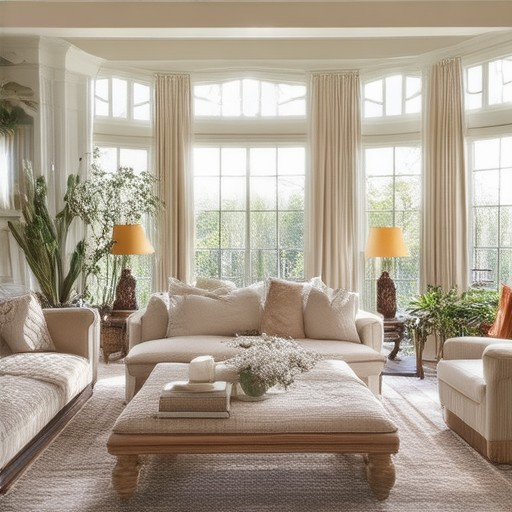
What Decor Style Is Replacing a Farmhouse?
In recent years, the modern farmhouse style has dominated interior design, but trends are shifting toward richer, more layered aesthetics. One prominent style emerging as a replacement is the transitional cottage style . This style combines the warmth of cottagecore with transitional elements, creating a cozy yet sophisticated space.
Here are five emerging styles that are increasingly replacing traditional farmhouses:
- 1. Transitional Cottage Style : Blending soft, inviting elements with deeper tones and textures, this style emphasizes comfort and depth. Colors like mushroom, burgundy, and sage green are popular choices for walls and cabinetry, while darker wood tones add richness.
- 2. Rustic Modern Style : Combining minimalist design with natural textures, rustic modern incorporates weathered wood, stone, and metal accents. This style often features clean lines paired with raw, organic elements.
- 3. Industrial Farmhouse Style : Incorporating urban industrial elements like exposed brick, metal beams, and large windows. This style adds a contemporary edge to the classic farmhouse feel.
- 4. Bohemian Farmhouse Style : Known for its eclectic vibe, this style mixes global textures and vibrant patterns. It often includes Moroccan lanterns, tapestries, and unconventional furniture pieces.
- 5. Mediterranean Farmhouse Style : Drawing inspiration from sun-drenched villas, this style features warm, earthy tones like terracotta and olive green. It often includes tiled floors, arches, and plenty of greenery.
These styles reflect a shift toward more personalized, layered spaces that prioritize comfort and individuality. Whether you’re renovating a historic farmhouse or building a new home, these decor styles offer a fresh perspective on timeless aesthetics.
Rustic vs. Farmhouse Design: Key Differences
Rustic and farmhouse designs are both popular in modern home decor, but they offer distinct aesthetics and atmospheres. Here’s a breakdown of the differences:
- Color Palette: – Rustic: Earthy tones, muted hues, and weathered finishes dominate rustic designs. Colors like olive green, deep browns, and terracotta are common, creating a warm, natural vibe. – Farmhouse: Neutral and soft colors prevail, often featuring whites, grays, beiges, and light pastels. The focus is on simplicity and cleanliness.
- Texture and Material: – Rustic: Rough textures, uneven surfaces, and natural materials like wood, stone, and metal are emphasized. The look is intentionally imperfect and organic. – Farmhouse: Smooth textures and refined materials are typical, with an emphasis on functionality and durability. Clean lines and minimalist designs are key.
- Furniture Style: – Rustic: Primitive, antique, and handcrafted pieces are often featured. Furniture may show signs of age and wear, adding to the rugged charm. – Farmhouse: Simpler, more functional furniture is common, with an emphasis on comfort and practicality. Clean-lined, sturdy pieces are favored.
- Lighting: – Rustic: Warm lighting, such as lanterns, Edison bulbs, or hanging pendants, creates a cozy, inviting atmosphere. – Farmhouse: Bright, ambient lighting is often used to highlight the clean spaces and neutral tones, contributing to a sense of openness and airiness.
- Overall Aesthetic: – Rustic: Bold, adventurous, and untamed. It suits spaces that want to showcase nature’s beauty and imperfections. – Farmhouse: Timeless, classic, and grounded. It offers a welcoming, comfortable environment that feels approachable and serene.
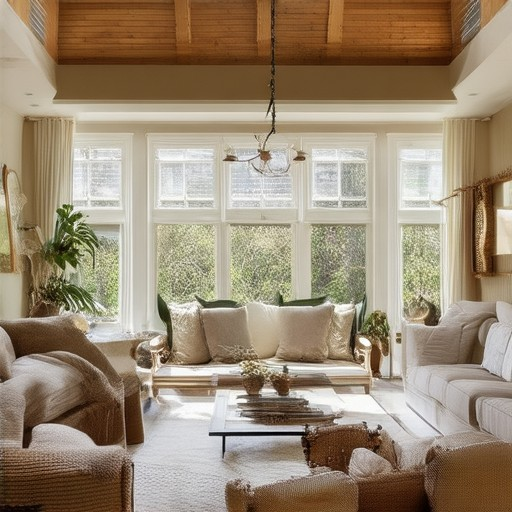
How to Make Something Look Farmhouse Style
To achieve a farmhouse style, focus on simplicity, natural elements, and a warm, inviting atmosphere. Here’s a step-by-step guide:
- Declutter and Simplify : Remove unnecessary items to create a clean base. Keep surfaces bare or use minimal decor.
- Color Palette : Opt for earthy tones like whites, grays, and soft greens. Use muted hues to evoke a rural, timeless feel.
- Textural Elements : Incorporate natural textures such as wood, stone, or metal. These materials add depth and a rustic charm.
- Lighting : Use warm lighting fixtures like lanterns or Edison bulbs to create a cozy ambiance. Natural light is also key for a farmhouse vibe.
- Furniture Selection : Choose pieces that reflect a simple, functional style. Weathered furniture or antiques can add authenticity.
- Accessories : Add throw pillows, blankets, and curtains with floral or checkered patterns. Woven baskets and vintage finds enhance the rustic look.
- Personal Touches : Display personal items like photos or artwork in simple frames. Plants and herbs can also add life to the space.
- Details Matter : Use basic table settings, candles, and woven trays to elevate everyday items. Small bowls or jars can serve as decorative accents.
- Layout and Arrangement : Arrange seating areas to encourage gatherings. Open shelving can showcase decor while maintaining a clutter-free environment.
- Maintenance : Regularly update plants and clean surfaces to preserve the farmhouse aesthetic. Simple upkeep ensures long-lasting charm.
By combining these elements, you can transform any space into a charming farmhouse-style retreat.
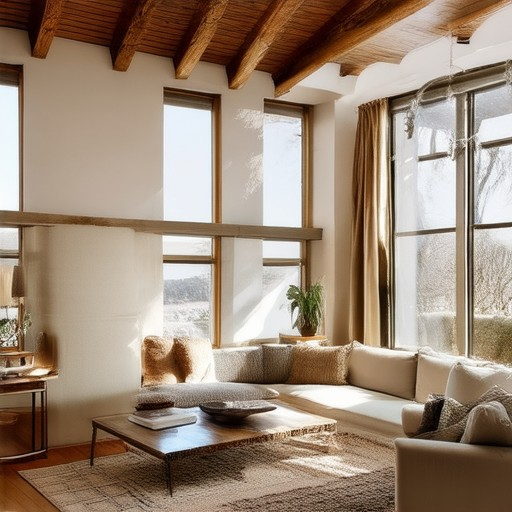
What is the difference between farmhouse and country decor?
Country decor and farmhouse decor are two distinct styles that share common elements but have unique characteristics. Below is a detailed comparison:
- Country Decor:
- Focuses on traditional charm and rustic aesthetics.
- Emphasizes rich color palettes, including earthy tones and vibrant hues.
- Features bold patterns, floral motifs, and intricate textures.
- Often incorporates antique and vintage items to create a cozy, inviting atmosphere.
- Lighting tends to be warm and ambient, with lanterns, candles, and woven lights.
- Farmerhouse Decor:
- Evokes a modern, minimalist aesthetic inspired by farmhouses.
- Uses neutral tones, such as whites, grays, and soft blues, often paired with natural wood tones.
- Highlights clean lines and simple designs, emphasizing functionality and practicality.
- Common elements include exposed brick walls, large windows, and industrial-inspired fixtures.
- Focuses on creating a relaxed, lived-in space with a touch of sophistication.
Both styles blend natural elements and timeless pieces, but they differ in their aesthetic appeal and functionality. Country decor leans toward warmth and tradition, while farmhouse decor offers a more contemporary take on rural living.
For more inspiration and DIY projects, visit Pravylo Project and explore their range of arts and crafts tutorials. Discover how to transform your space into a haven of charm or modern simplicity!
Most Popular Farmhouse Decor Trends
Farmhouse decor has gained significant popularity due to its ability to combine rustic charm with modern convenience. Here are the key elements that define this popular style:
Key Design Elements
- Material Usage: Natural materials like wood, stone, and metal are central to farmhouse decor, giving it an earthy, timeless feel.
- Texture: Elements such as shiplap paneling, exposed brick, and distressed wood add depth and interest to the space.
- Lighting: Rugged, industrial lighting fixtures like Edison bulbs and pendant lights are commonly featured in farmhouse settings.
- Color Palette: Neutral tones dominate, with accents of cream, gray, and soft blues or greens to create a calming atmosphere.
Popular Features
Kitchen
Farmhouse kitchens often showcase:
- Butcher block or marble countertops
- Large, farm-style sinks
- Wooden or metal faucet handles
- Open shelving for cookware and utensils
- Edison bulb pendants or chandeliers
Flooring
- Wide plank wood floors
- Stone or ceramic tile options
- Rustic-inspired rugs
Furniture
- Reclaimed wood dining tables
- Vintage-inspired seating
- Country-style chairs
- Neutral-colored sofas and armchairs
Accessories
- Weaved baskets
- Antique mirrors
- Floral arrangements
- Neutral-colored throw pillows
- Rustic wall art
Pravylo Project Insights
The Pravylo Project offers a variety of DIY projects and tutorials to help you achieve the perfect farmhouse look. From creating shiplap walls to crafting decorative items, their resources are a great source for inspiration and implementation.
For more detailed guides and project ideas, visit the Pravylo Project website .
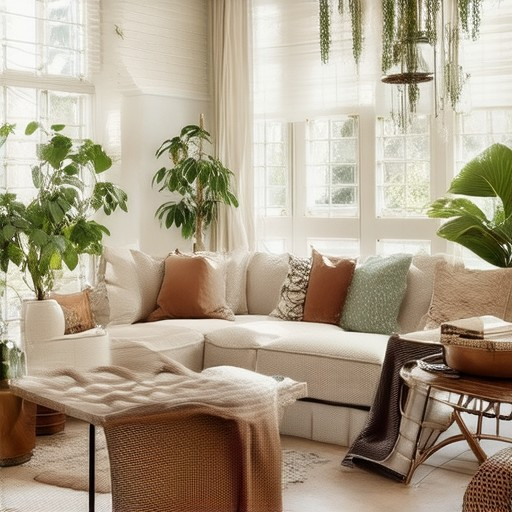
Is Shiplap Coastal or Farmhouse?
Shiplap is often associated with coastal or farmhouse styles, providing a more subtle texture compared to board and batten. It can make a space feel cozy and inviting, and it works well in both traditional and contemporary settings.
Coastal style typically features natural elements like driftwood, nautical themes, and weathered finishes, while farmhouse style emphasizes rusticity, exposed wood, and simplicity. Shiplap’s weathered appearance and long, narrow planks make it a versatile choice for both aesthetics.
Whether you’re aiming for a casual coastal retreat or a cozy farmhouse kitchen, shiplap can adapt to either setting. Its ability to complement both styles makes it a popular choice for homeowners looking to achieve a unique, textured look in their homes.
For more ideas on how to incorporate shiplap into your space, check out our DIY Projects section. We have tutorials and inspiration to help you get started!


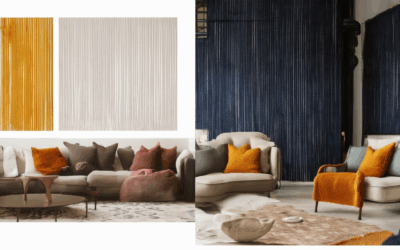


0 Comments